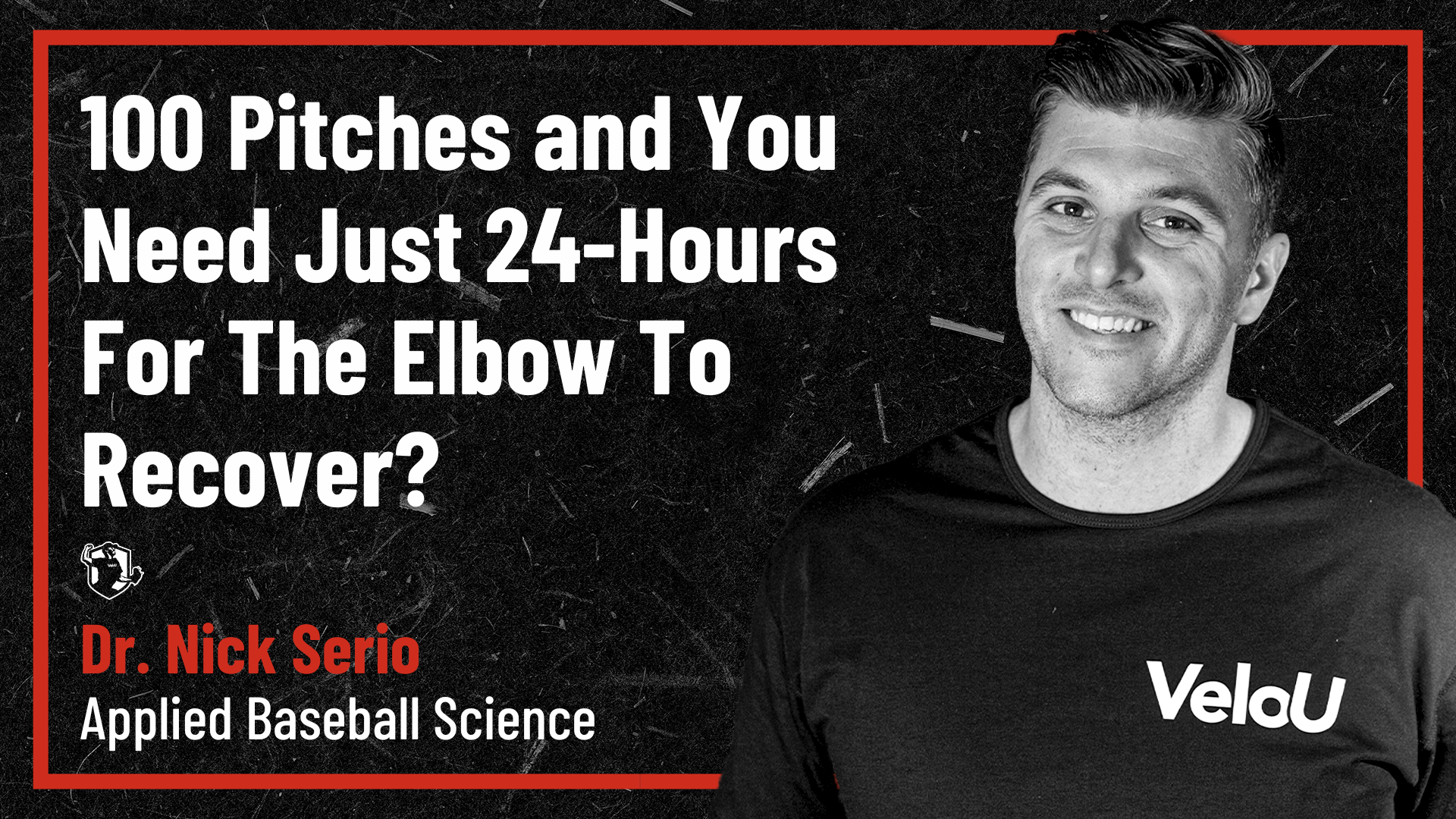

We often talk about pitch counts and UCL integrity, but what actually happens to the elbow in the 24 hours after a heavy workload? Can pitchers truly recover by the next day—or are we only seeing part of the picture?
This study explored that question directly, tracking 26 high school pitchers who each threw 100 pitches in a controlled setting. Researchers then measured their elbow joint width and soft tissue strain immediately after and at various intervals over the following day. What they found was subtle—but telling.
At first glance, the data seems encouraging: the UCL recovers, joint space tightens back up, and structural integrity appears intact 24 hours later. But that’s not the full story.
The surprising element is what’s happening to the forearm flexor-pronator muscles. These muscles don’t just assist with grip and pronation—they’re also key stabilizers of the medial elbow. The fact that their strain increased beyond baseline a full day after pitching raises concerns about systemic fatigue, altered mechanics, and the potential for compensatory stress patterns.
In other words, just because the elbow joint “recovers” doesn’t mean the pitcher is ready.
At VeloU, we interpret this data as a reminder that biomechanical recovery is not synonymous with readiness.
Yes, the UCL may re-tighten. Yes, joint width may return to normal. But if the flexor-pronator mass is under increased strain after 24 hours, that points to muscular fatigue—and that matters. Fatigue alters sequencing, timing, and force output. And in a sport where timing defines success and failure, that can’t be ignored.
For our athletes, we emphasize full-body recovery protocols after high-volume workloads, not just joint-focused approaches. We monitor not only elbow metrics but also scapular control, trunk stiffness, hip-shoulder separation, and even grip force metrics. If a stabilizer group is under-recovered, our pitchers don’t throw—even if their elbows “feel fine.”
This study reinforces a key principle we hold: feeling recovered and being recovered are not the same thing. Coaches and athletes need to stop chasing subjective readiness and start assessing physiological fatigue patterns if they want to sustain performance and prevent injury.
Sakaguchi, K., Miyashita, K., Hattori, R., Urabe, Y., & Yagi, M. (2024). Recovery of Medial Elbow Joint Tissue After Repetitive Pitching in High School Baseball Pitchers. The American Journal of Sports Medicine, 52(8), 2024–2031. https://doi.org/10.1177/03635465241245052